#20. Hawaii’s History And Culture
Usually, when you think about Hawaii, you think about crystalline waters and tropical food. You probably aren’t too busy dwelling over the history of Hawaii while you are tanning by the beach. However, if you’d like to know a bit more about this American state, you’ll encounter a far richer history than your everyday storytime.
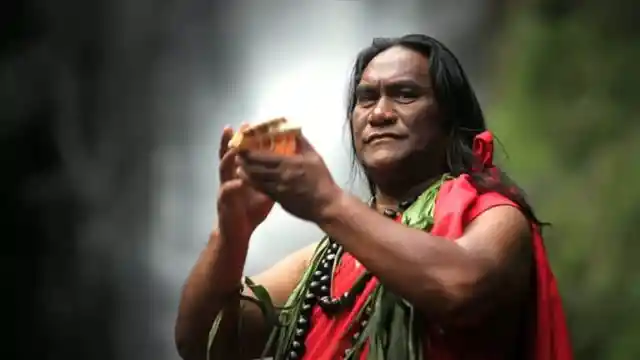

The truth is that if you want to know what the native Hawaiian culture is like, the process of getting there might be more complicated than you could have ever imagined. This is because much of it was actually lost due to colonization from the USA.
#19. An Island Preserved To Perfection
While most of the native Hawaiian culture has been lost, there is one exception, and that is the island of Niihau, which has been almost perfectly preserved for over 150 years. Niihau is the smallest Hawaiian Island and if you ever want to find it on a map, it is about 17 miles off the Kauai’s coast.

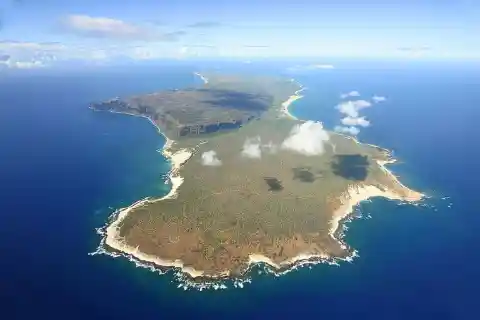
Because this island has banned visitors for over 150 years, it has garnered the name of “The Forbidden Island“. Yet, like everything exclusive in this world, it started gaining fame to the point where even celebrities wanted to experience setting foot on this forbidden territory. But why is it forbidden? Let’s learn a bit about its history.
#18. Elizabeth McHutcheson
The story begins with Elizabeth McHutcheson, a woman that was born in Glasgow, Scotland in 1800 to William McHutcheson and Jean Robertson, a family of merchants. As a young girl, she spent her days working the land. Little did she know that she would have six children in the future and also become the Chiefess of Hawaii.
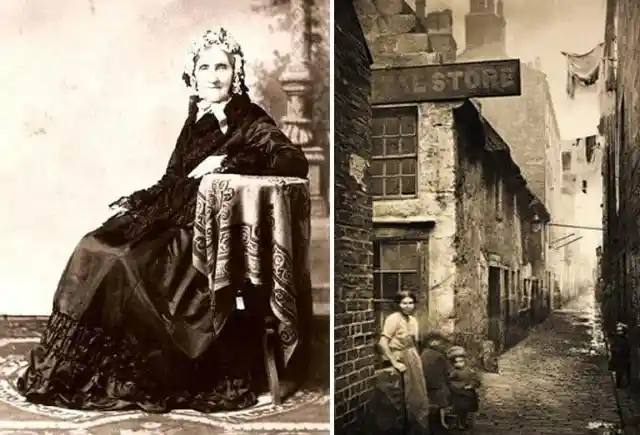

Elizabeth, who actually went by Eliza, ended up marrying a man named Francis Sinclair. The pair married in Glasgow in 1824 when Eliza was 24 years old. Francis came from a different type of family; he was a captain and soon enough the whole family would head for a new life in a ship with New Zealand as their destination.
#17. Arrival At Pigeon Bay
Eliza, her husband, and their six children finally arrived in New Zealand in 1841. At the time, New Zealand belonged to the Maori, the indigenous Polynesian people. While the beginning was a bit rocky, the family was finally able to settle down in Pigeon Bay.
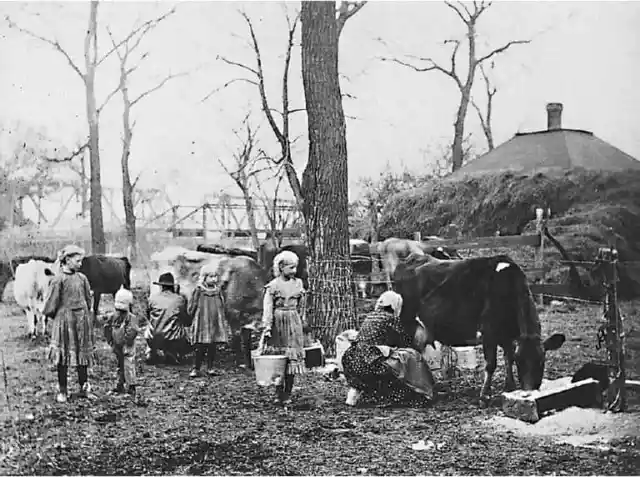
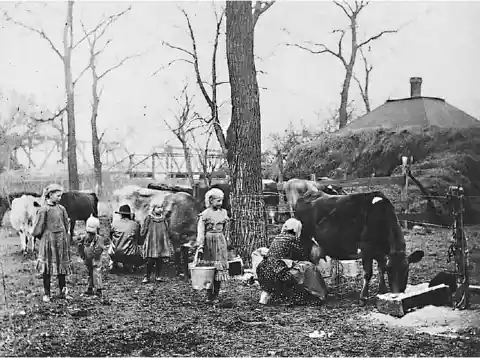
Things were going quite well for the Sinclairs. They successfully established a farm where all the kids helped out and there didn’t seem to be a reason to worry. That was until 1846 hit, when the unexpected happened and where a tragic event would forever change the lives of all the family members.
#16. The Self-Made Ship
As we said before, Eliza’s husband, Francis, was a seafarer. Being in the ocean for long periods of time was practically in his blood, so being on a farm wasn’t exactly the job he wanted. To resolve this, he decided to sail the family’s supplies in search of the possibility of trading them elsewhere.
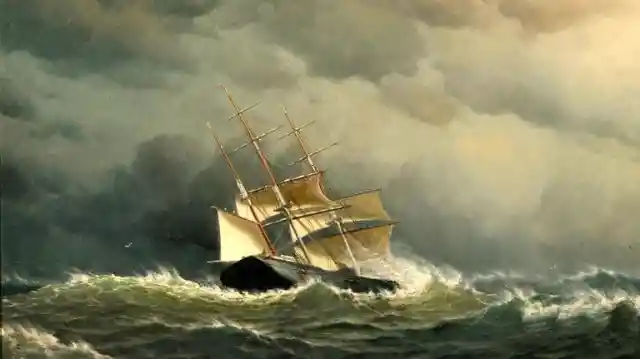

Just five years after settling in New Zealand, Francis took up the task to sail the ship Jessie Millar, which he had built alongside his eldest son. Together, father and son prepared for a journey on the sea. However, the pair couldn’t have ever predicted what would happen next.
#15. Unexpected Tragedy
The ship that Francis and his son had made wasn’t strong enough to combat the strong winds ahead. So tragically, the ship, along with the family’s supplies and all the people inside, was torn apart by ferocious winds. This meant that Eliza was left alone to raise her five children.

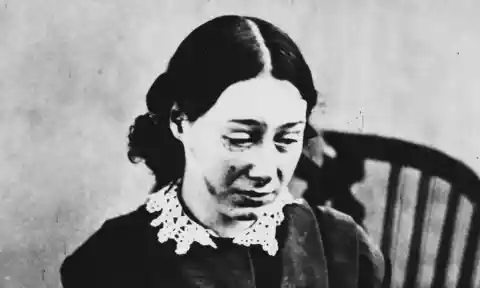
With all of the family’s goods consumed by the ocean, Eliza had no income left. Alone, widowed and with the responsibility to raise a family of so many, the years ahead seemed to get darker and darker. While the land was so unfamiliar and all the odds seemed to be stacked against her, Eliza was determined to find the light somewhere.
#14. Moving On
Elize knew her odds and limited skills, but she didn’t let that dampen her spirit too much. A strong woman, she was able to continue growing the land in Pigeon Bay that she and her husband had settled in. The farm grew well and Eliza was able to buy a ship, which she named Bessie.
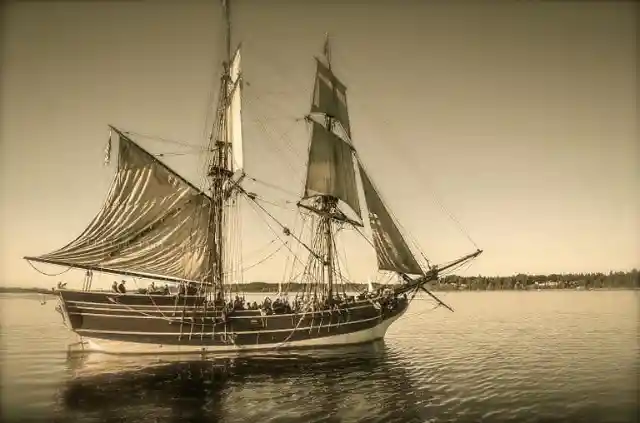
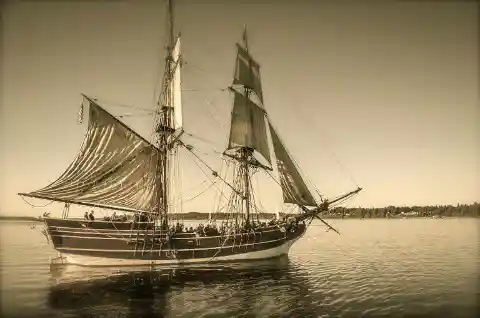
Not only was Eliza able to get their family a ship, but she was also successful in marrying off every single one of her children. Eliza was determined to keep pushing forward and not let the worst get the best of her, and that included her new ship, Bessie.
#13. The Sinclair Clan
Soon enough, the family of 6 started multiplying. Each of Eliza’s children started having children of their own and it wasn’t long before the Sinclair clan needed to find more land in order to support and sustain the growing numbers. Faced with this issue, Eliza had to act fast.
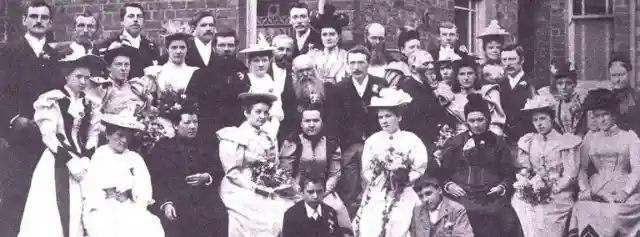
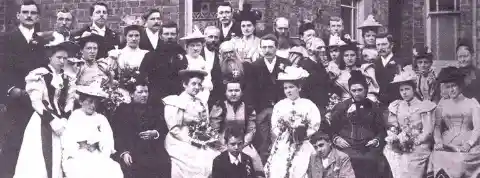
The only solution seemed to be to sell the land that Eliza had worked so hard on. While the decision was tough to make, Eliza was the type of person to do whatever was best for her family. So with that in mind, she sold the farm and packed up with her whole family towards the Pacific North West.
#12. British Colombia
As it was expected, the family boarded the Bessie, the ship that Eliza had bought with all her hard work. They set sail in 1863 towards British Colombia. At the time, the family didn’t have much knowledge about the land, but they prayed that once they got there, they would be able to start a new life.

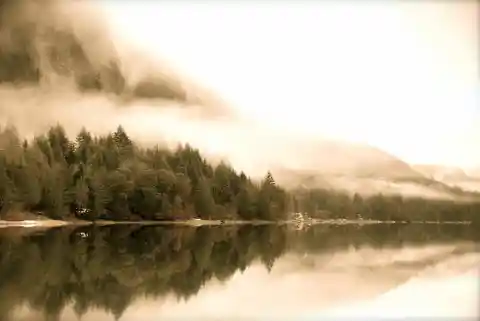
However, things weren’t going to be smooth once they got there. Instead of finding a big plot of land where the family could start farming again, they encountered something a bit different. When the Sinclair family set foot in Vancouver after months of sailing, they were disappointed to find out that the land was not arable at all.
#11. An Unexpected Proposal
Since the area was wild and untamed, it was impossible for the Sinclair family to convert the land before them into an arable plot. Praying for a farm just wouldn’t do it, so again, Eliza had to come up with another plan to save her whole family from starvation.
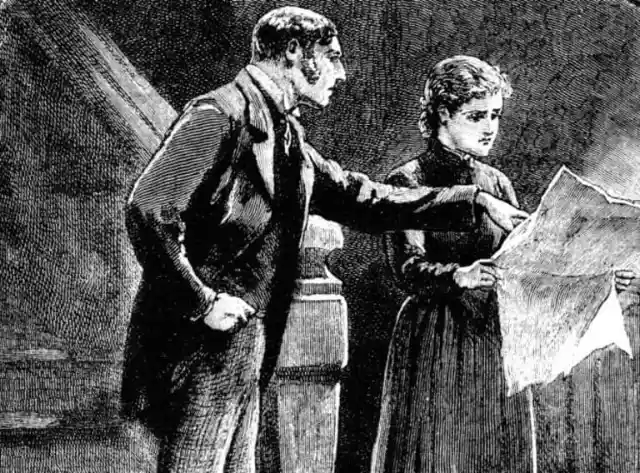
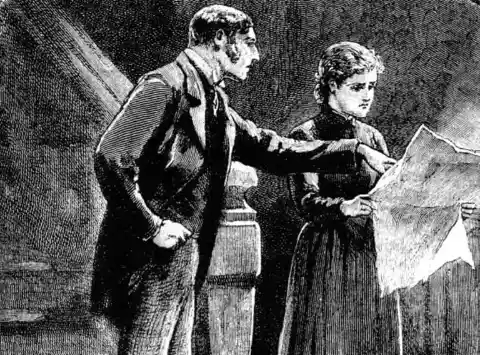
After a lot of thinking, Eliza figured that trying her luck in California sounded like a good idea. Besides, it wasn’t too far compared to the journey they had embarked on already. However, somebody suggested she try a place she had never even thought of: The Sandwich Islands.
#10. Pact With The King
You are probably confused about what the Sandwich Islands are. But if you are American, then you should know that presently, the Sandwich Islands belong to the USA, but just under a different name. Indeed, back then, the Hawaiian Islands were known as the Sandwich Islands.

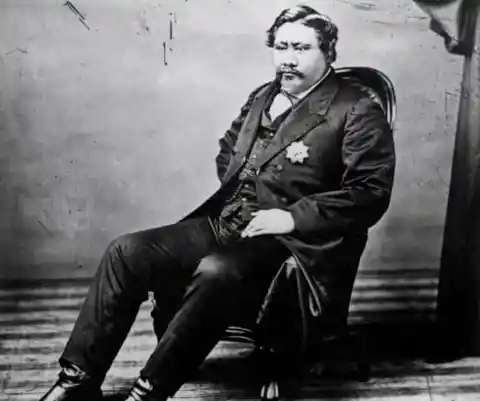
At the time, the route by sea towards the Sandwich Islands was considered safer. With Vancouver not being an option and with California having no guarantee either, Eliza decided to head to Hawaii. Once she got there, she approached the ruler of the Islands, King Kamehameha V.
#9. $10,000 In Gold
With a ship filled with valuable items, Eliza took the opportunity to propose to King Kamehameha V, the ruler of the islands, to buy Niihau. She was already 63 years old and she was accompanied by 13 Sinclairs. Eliza was experienced enough to know what was best for her family.
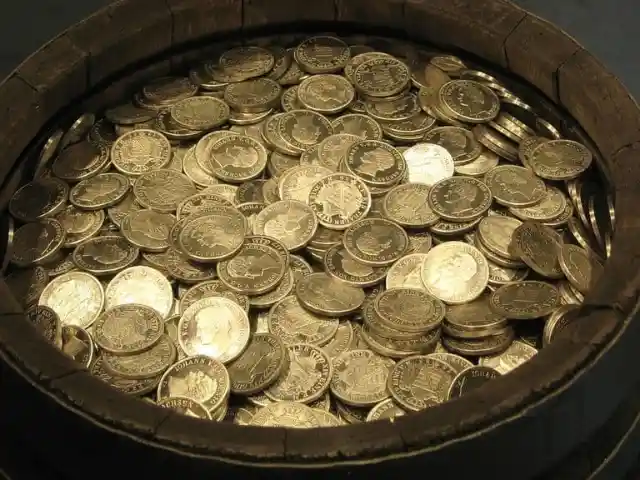
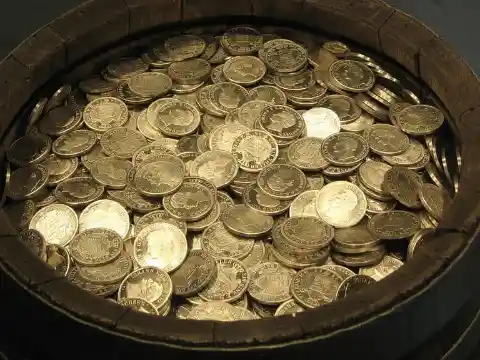
While we are uncertain as to why the ruler agreed to pass on his lands, the story goes that Kamehameha V said yes to the offer and in 1864 Niihau was sold to Eliza Sinclair. The total amount that Eliza paid for the island was $10,000 in gold.
#8. A Promise To Keep
King Kamehameha V agreeing to the proposal was surprising enough, but what was even more unexpected, was that the purchase came with a special promise that Eliza had to keep. The King required Eliza to make a pact that would have a tremendous impact on the future of the small Hawaiian Island.
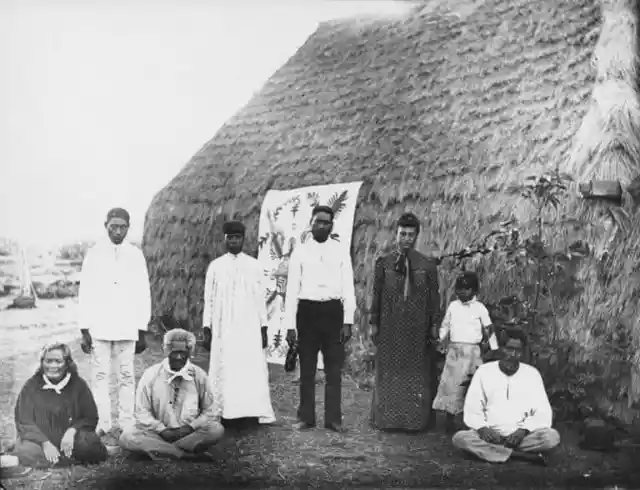

The king said to the whole Sinclair family that Niihau was theirs but that he had a special request. His request was that when the day where the Hawaiians were not as strong as they were in their own land, that Eliza and her family would have to do whatever they could to protect them.
#7. The Honoring Of A Promise
Eliza and her family had every intention of honoring the promise they made to the king. So as they settled down to start a new life in Niihau, the Sinclairs worked towards providing free housing to the people living on the island. With such a gesture and with the relationship that Eliza established with the natives, she was regarded as their chiefess.
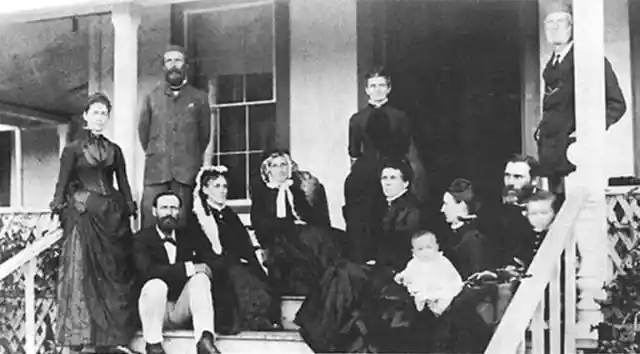
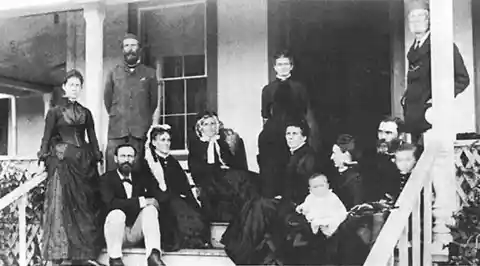
Eliza did ask for something in return from the natives of Niihau, and that was that they had to go to Sunday church. While you might think that this was a lot to ask, Christianity was already in Hawaii at this time given the missionaries that had gone to this island decades back.
#6. The United States Annexes Hawaii
The day arrived when King Kamehameha V’s prediction came true. A few decades after the purchase of Niihau, the American government annexed the Hawaiian Islands, bringing the Hawaiian Monarchy to an end. With the Hawaiian Islands being claimed by America, the local culture was suppressed.
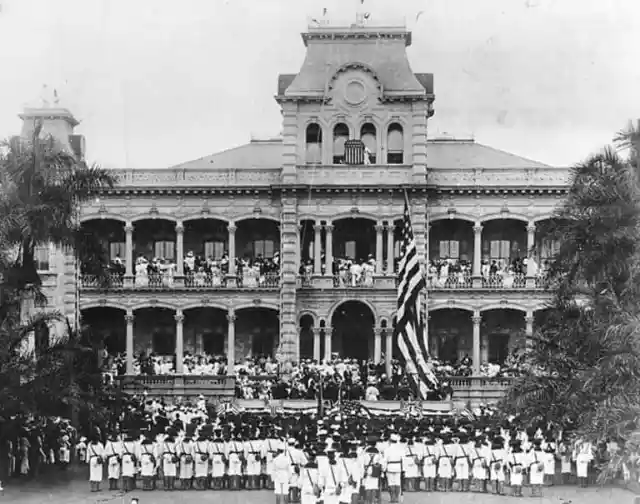
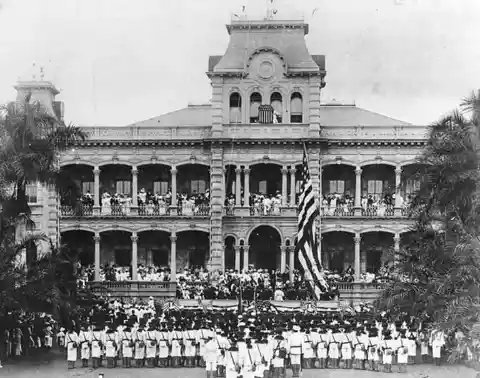
While all of Hawaii became subject to American control, Niihau was left alone. Because Niihau was considered private property, the Sinclairs were able to accentuate the separation between the Island and the state of the other islands that had already been intruded by the U.S.
#5. Niihau Proclamation
As a private property, Niihau was able to make a huge proclamation in the 1930s. The Island was now fully out of reach to all visitors, and this was indefinite. At the time, the decision was made primarily to keep the natives safe from Western diseases, such as polio and measles.
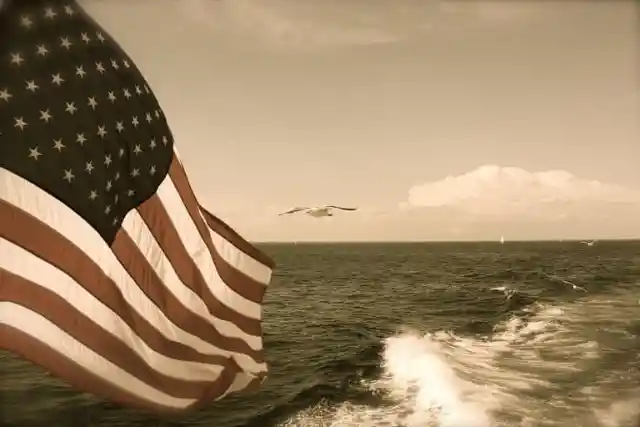

However, while the purpose of the proclamation was to keep off diseases, it ended up being a lot more than just a health precaution. For to this day, Niihau is still inaccessible to foreigners. Regardless of whether one is sick or not, the island is out of bounds.
#4. "Kahiki"
By banning outsiders from entering Niihau, the island had no contact with the outside world. This condition, however, allowed for the preservation of the Native Hawaiian culture, known as “Kahiki”. Thanks to Eliza’s actions and for the King’s request, today Niihau is a unique place on this Earth.
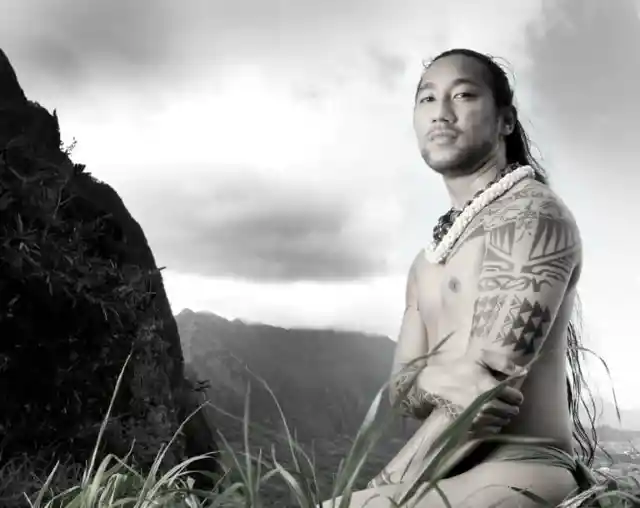

The island happens to be the only place where Hawaiian is the dominant language. But while the island hasn’t had foreign influences, it doesn’t mean that the natives are ignorant of what is going outside Niihau. The Niihauans happen to have a lot of contact with the mainland. In fact, they switch back and forth because in Kauai there are more job opportunities.
#3. Solar panels
Being secluded from civilization as we know it today, definitely does have its impact. For instance, Niihau doesn’t have either running water or electricity. How do they survive? Well, while there isn’t that much technology, they do have an advanced system of solar panels!


The people of Niihau rely on solar power to satisfy their needs, which is a very sustainable way to harness energy. Every home in Niihau is equipped with its own solar panel system. In terms of water, they simply rely on rainwater to quench their thirst and do everything that requires water.
#2. Banned items
Naturally, with Niihau being a place to be protected, there are certain items that are officially banned. While there are weekly deliveries that come from Kauai filled with food and other essential items, there are three that are not allowed to reach Niihau’s soil, and they are alcohol, tobacco, and guns.
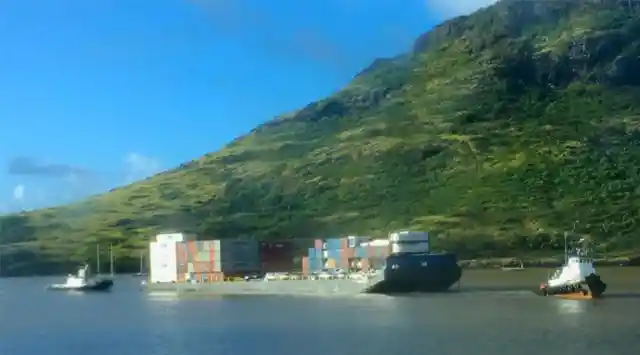
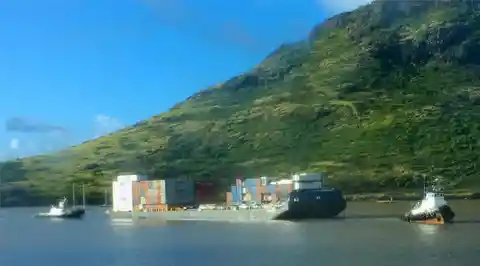
The Sinclairs banned those items arguably because they believed that they would make no improvement to the Niihaunans’ lives. However, strangely enough, while there is a gun ban, Niihau serves one outside purpose that is very much related to guns.
#1. The Sole Outside Purpose
Niihau’s strategic position meant that the United States was interested in making Niihau a defense area. Therefore, while guns are not allowed to enter, there is a base that serves defense purposes set up by the American military. In fact, several natives are employed at this base.
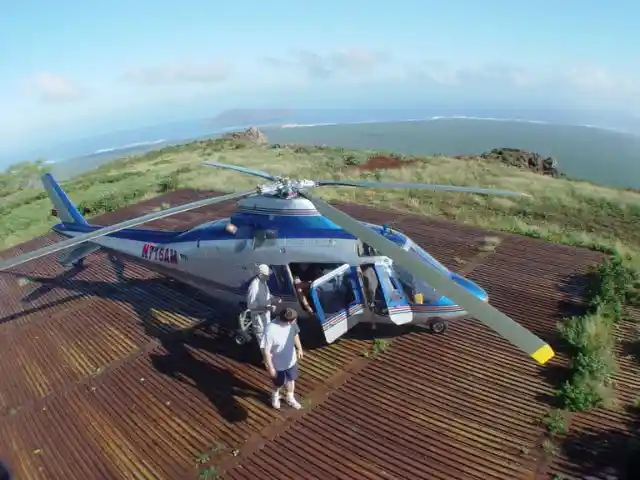
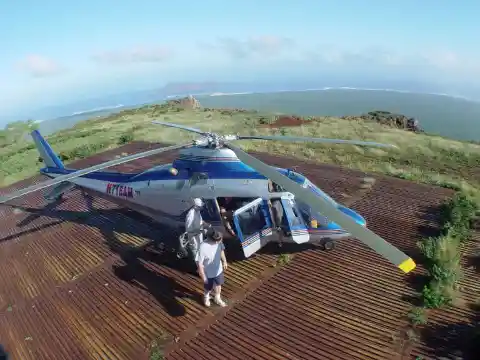
Given this defense base, being in the military is the only way you’ll ever get to visit Niihau. That is unless they change the rules in the future. Due to Elizabeth’s actions and the promise she made, Niihau is very similar to what it was all those years ago. It’s as if nothing has changed since the 19th century! I know, all of you are dying to go there, right?